All products featured are independently chosen by us. However, SoundGuys may receive a commission on orders placed through its retail links. See our ethics statement.
Was ditching the headphone jack a good idea?
November 21, 2024
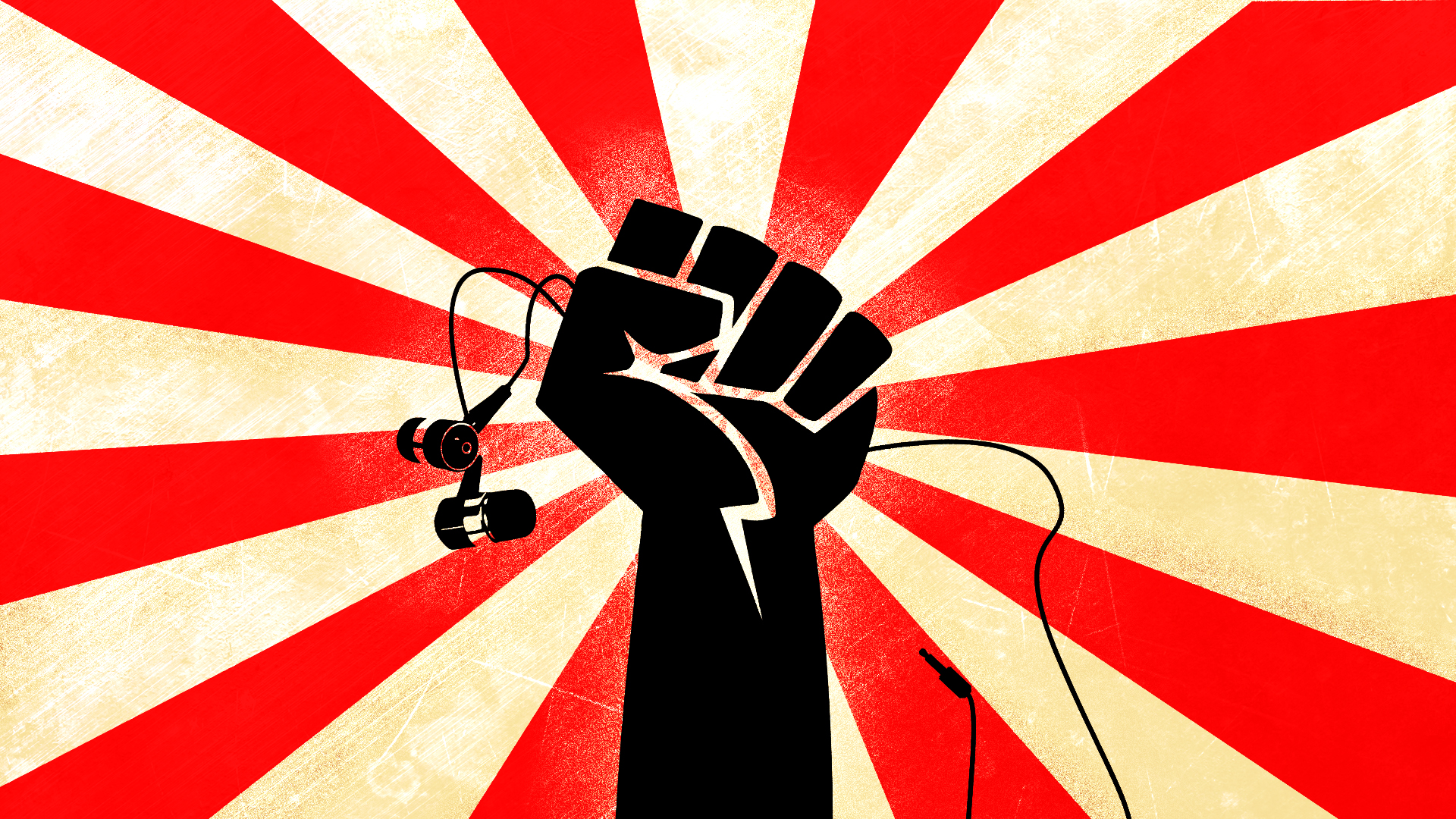
If you’re reading this article, you’ve probably got some strong opinions on this one — as do I. However, I want to approach this topic as a matter-of-fact discussion of the industry and not simply a venting of frustrations. We’re going to answer the title of this article in plain terms with little room for debate. As this article is like the countless others that follow Betteridge’s law of headlines, journalism wonks already know the answer to that question: but it’s a subject worthy of complete exploration.
I’m very disturbed by the idea that Apple is a “tech leader” in ditching what is easily the cheapest, best, and most-used solution to audio on the go: The TRRS connector. While it’s understandable that many look to Apple as a leader in the tech world, in this case, the headphone jack fiasco was nothing more than an attempt at a hostile takeover of the headphone industry, and the largest competitors to Apple seem to have capitulated without putting up a fight.
Editor’s note: this article was updated November 21, 2024 to note Snapdragon Sound.
What makes a good smartphone?

Stick with me, I’m going somewhere with this. When you want to do something that can’t be accomplished by just your words or hands, humans use tools. Tools to eat, tools to create, tools to destroy — we rely on the use of machines to accomplish most of the tasks we set out to accomplish in a day, and that’s how it’s been for millennia. Tools are an extension of the human experience at this point, and it’s no wonder: we simply can’t reach the heights we’re at now without mechanical help.
A full 2.5 million years after the first tools created by Australopithecus garhi, our tools perform stupendously complicated tasks — often thousands at once. While the capabilities of our instruments have exploded past the wildest dreams of our early ancestors, the core metric by which we assess their quality hasn’t: Do they perform their task well? If the tool you hold in your hand can’t perform the function you want it to, it’s the wrong tool for the job… or it’s a bad tool.
Enter the smartphone. In the short time it’s been on Earth, it’s probably one of the most useful and ubiquitous tools humankind has created, second only to the thing that makes it so useful — the internet. The reasons for its success is that it’s a wildly useful tool: over the years, it’s been able to successfully assimilate and murder simpler tools by the dozen by offering them all in one tiny package. The point-and-shoot camera? Dead as hell. The portable DVD player? Murdered in cold blood. The MP3 player? Gone the way of the Dodo.
For better or worse, the ability to get music to your ears in a convenient fashion is now an essential part of what the world thinks a smartphone should do.
It’s that last little item I mentioned that brings us to our problem today. While the smartphone has been able to leverage its ability to stream massive content libraries over its data connection, it hasn’t quite yet provided a perfect alternative to headphones, nor the headphone jack. This is especially important because among 18-29 year olds, 87% of them have used their smartphones to listen to music streaming services in 2015. Even our unscientific polling reflects the same conclusion.
That number will go up the longer these services are available, and as those same kids age. For better or worse, the ability to get music to your ears in a convenient fashion is now — and will likely always be — an essential part of what the world thinks a smartphone should do. Consequently, a phone that eschews the most-used standard to consume audio also eschews utility to consumers. It has become the wrong tool for the job: It just doesn’t work.
Why include a headphone jack?
It seems weird to extol the virtues of a piece of nearly 140-year-old technology in this day and age, but the reason why it’s persisted this long is that… it works. It’s a solved issue: not only is a TRS (or TRRS) plug cheap, but it’s durable, small, and high quality. It can support inexpensive headphones, and it can support the best headphones — all with one universal standard. Not only that, but it’s an easy way to enable the use of microphones as well. It’s a fantastically versatile piece of tech that hasn’t really been changed all that much since the plug was reduced in size to 3.5mm in the 1950s.
Obviously, a headphone jack isn’t the only way you can listen to music. Bluetooth headphones exist, and they work well for most people. But the problem is: they don’t work well for all people. Audiophiles probably aren’t too keen on being unable to listen to high-bitrate files, and there’s no shortage of reasons why you wouldn’t want to deal with the added hassles of wireless tech… Which is why smartphone companies have used both in tandem for so long — it offers the pickiest listeners quality that Bluetooth can’t currently touch, while enabling users who want to ditch the cable. There’s almost no reason not to have both, especially when the manufacturing cost is so cheap.
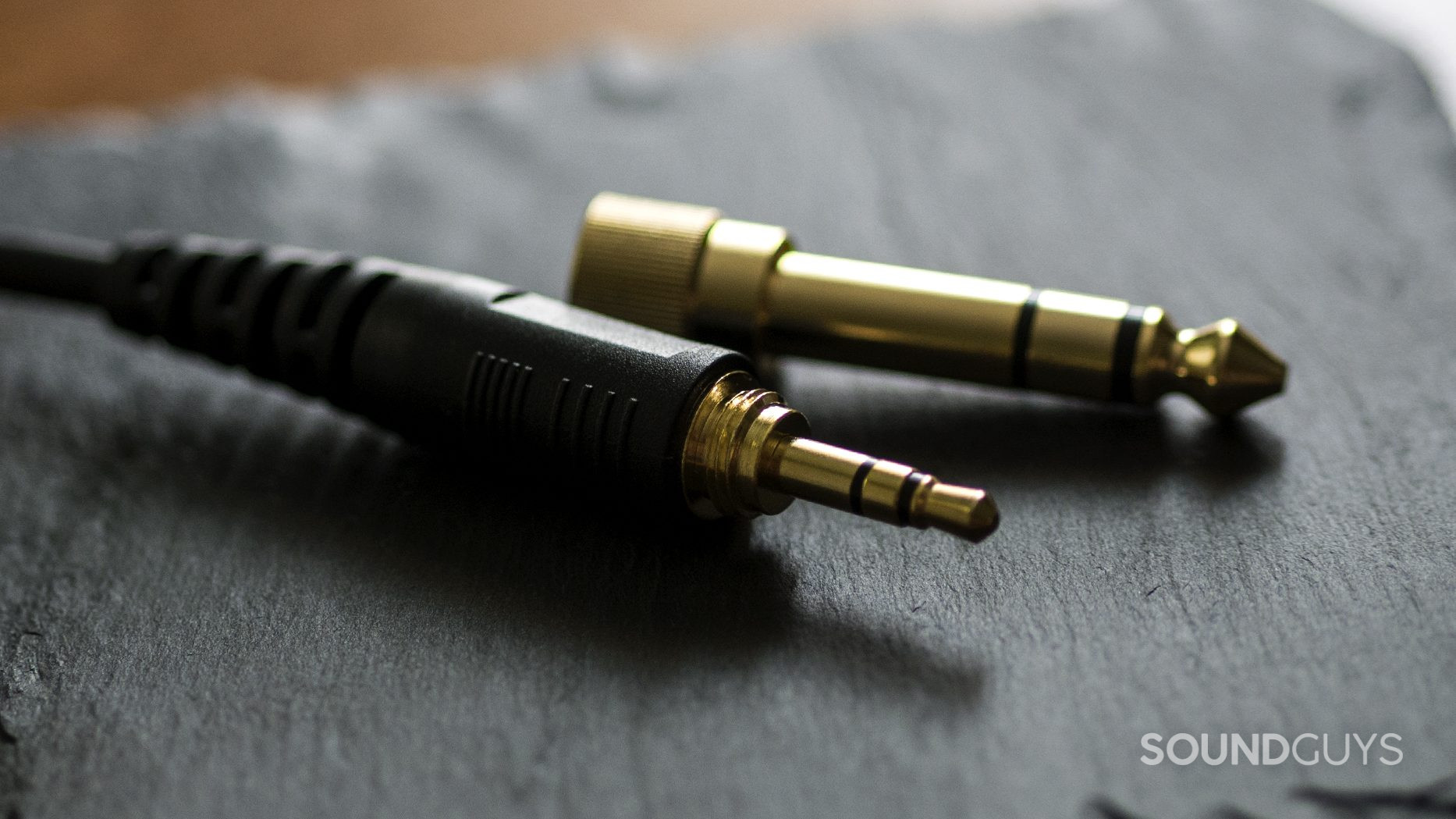
Given that so many people have decided that the smartphone is the heir to the portable MP3 player, consumers’ buying habits when it comes to smartphones are extremely important. And when it comes to which types of cans consumers prefer, wired headphones absolutely crush Bluetooth headsets in gross sales, despite how badly tech blogs misread this study that claims Bluetooth overtook wired headphones in 2016. The issue is that people lose sight of the gross figures in favor of the dollar sales figure. For those keeping score at home: before the arrival of the AirPods, wired headphones were outselling Bluetooth units with 83% of the total units to Bluetooth’s 17% share.
Considering that we’re talking about a base of consumers that probably don’t buy headphones every single year — especially if they spent more than $100 on their last pair — it doesn’t seem likely that 83% is an accurate assessment of how many people use the good ol’ analog plug as their primary vehicle for sweet, sweet music. That figure is probably higher, and wired headphones won’t be in the minority for a long, long time.
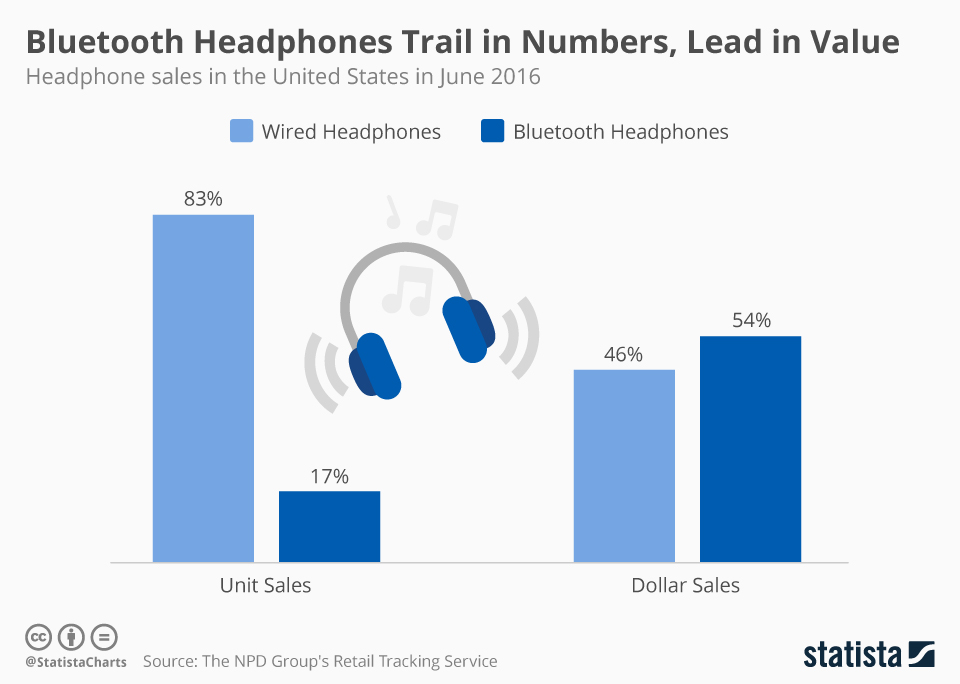
So why on Earth would you deign to alienate such an enormous segment of your potential audience? Well, if that data is any indication: it’s all about the money.
Bluetooth isn’t good enough to replace the headphone jack
To say that Bluetooth is bad is completely unfair, as there are several advantages it enjoys over the traditional headphone jack. Not only can it wirelessly transmit audio at increasingly acceptable quality, but it can also be used to control your listening device, and other peripherals. However, Bluetooth still has a long way to go in order to dethrone the headphone jack in terms of performance. Bluetooth itself meets the needs of a large number of people, while the inherent tradeoffs make this debate about Bluetooth’s downsides a little more hazy. Nobody’s wrong for liking Bluetooth or wired cans more — so long as they’re honest about what they value in a set of headphones.
We’ve had this debate on SoundGuys before, me snarkily siding with wired cans, and Kris taking up arms for Bluetooth. However, I should point out that Bluetooth’s downsides are largely limited to consequences of having yet another battery, and a lack of cross-platform compatibility. While our recent investigation into Bluetooth performance revealed that there are still some huge hurdles for the wireless standard to clear, most people won’t notice the quality difference unless they crank the volume up. Aside from latency, the Bluetooth ecosystem is improving year over year.

Still, excluding the headphone jack is still an extreme action that isn’t completely explained away by “Bluetooth is good enough.” Why would a company ditch the jack when the cost to meet the needs of every single one of your consumers’ listening habits is so easy to do? While the official line of ditching the headphone jack has been “not enough space,” we now know that excuse to be a lie: it’s definitely possible to cram in a headphone jack, it’s just not easy.
Why Apple ditched the headphone jack
Maybe it’s my provincial New Hampshire upbringing, but I place very little stock in people’s words. Instead, I pay close attention to their actions to figure out what they’re all about. You could spin all sorts of yarn about God-knows-what, but I ain’t buying it unless I see a reason to believe you. That’s probably why I always curse and groan when I see statements like that of LeEco’s CEO Liang Jun explaining that headphone jack isn’t a necessity, or Apple’s insistence that ditching the headphone jack takes “courage.” Seriously, after reading the above section and noting how big a margin there seems to be on Bluetooth headphones, is it any wonder why Apple chose to abuse its status as a “market leader” to seize the opportunity to dominate another product category?
...Apple has essentially cornered the market on Bluetooth headphones, and they're eating up more and more of the developing segment
Money is a powerful motivator to do really crappy things, and Apple has done exactly that for decades now. You may think that shaving pennies when making iPhones might be how they make cash off of killing the headphone jack, but the real answer is much more banal than that. It’s because they’ve basically bought Bluetooth headphones as a category, and are trying to eat up another market. Don’t believe me? Let’s take a look at who wins when Bluetooth overtakes wired headphones in sales.
Ever since Apple purchased a majority stake in Beats Audio for $3.2 billion in 2015, they’ve earned nearly half of all money spent buying Bluetooth headphones. When Apple kills headphone jacks on their products, they’re simultaneously trying to lock people into their own ecosystem, and increase demand for other high-margin products they peddle. On top of that, a smartphone without the headphone jack means Bluetooth headphones will be a major cash cow simply because the vast majority of listeners do not currently own Bluetooth headphones. It’s a smart business plan — but a giant middle finger to consumers, who now have to decide how to fix a problem that didn’t exist until some literal Monopoly men in Cupertino decided it needed to be one.
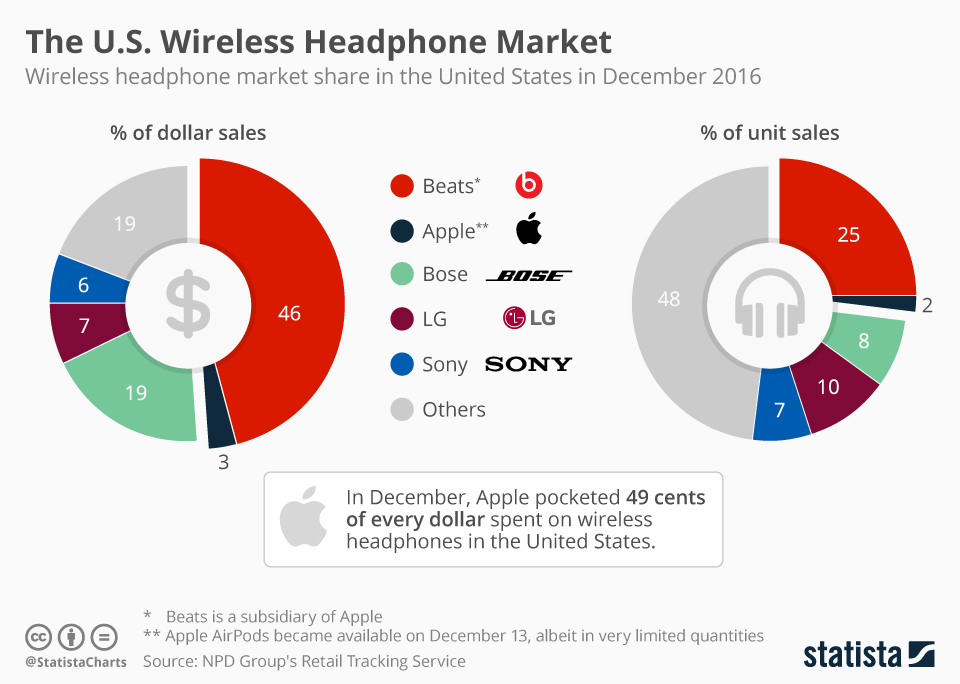
The crazy thing is, it seems to have worked. Every market indication that I can find paints the same picture: Apple has essentially cornered the market on Bluetooth headphones, and they’re eating up more and more of the developing segment. And the situation is even more extreme if you take a look at the new category of “truly wireless” earphones. After the success it’s seen so far, why not continue?
In 2021, Apple and its affiliated brands still accounted for a huge proportion of all headphone units sold, as well as the clear leader among true wireless earphones worldwide. They are by far and away the market leader by sales when it comes to personal audio, and it’s not close.
Why other companies ditched the headphone jack
What’s less clear is why other companies are ditching the headphone jack. Sure, there’s always the idea that cost is a main driver here, but that’s not enough to explain why so many Android OEMs have spurned the world’s most popular vehicle for audio transmission.
I can think of two immediate benefits that might tempt a big company — let’s say Samsung — when they finally move away from the connector. Namely, it helps them lock people into using their audio products, and it saves them money on manufacturing. When everyone else is doing it, it’s easy to write off complaints by your users and marginalize their opinions, right?
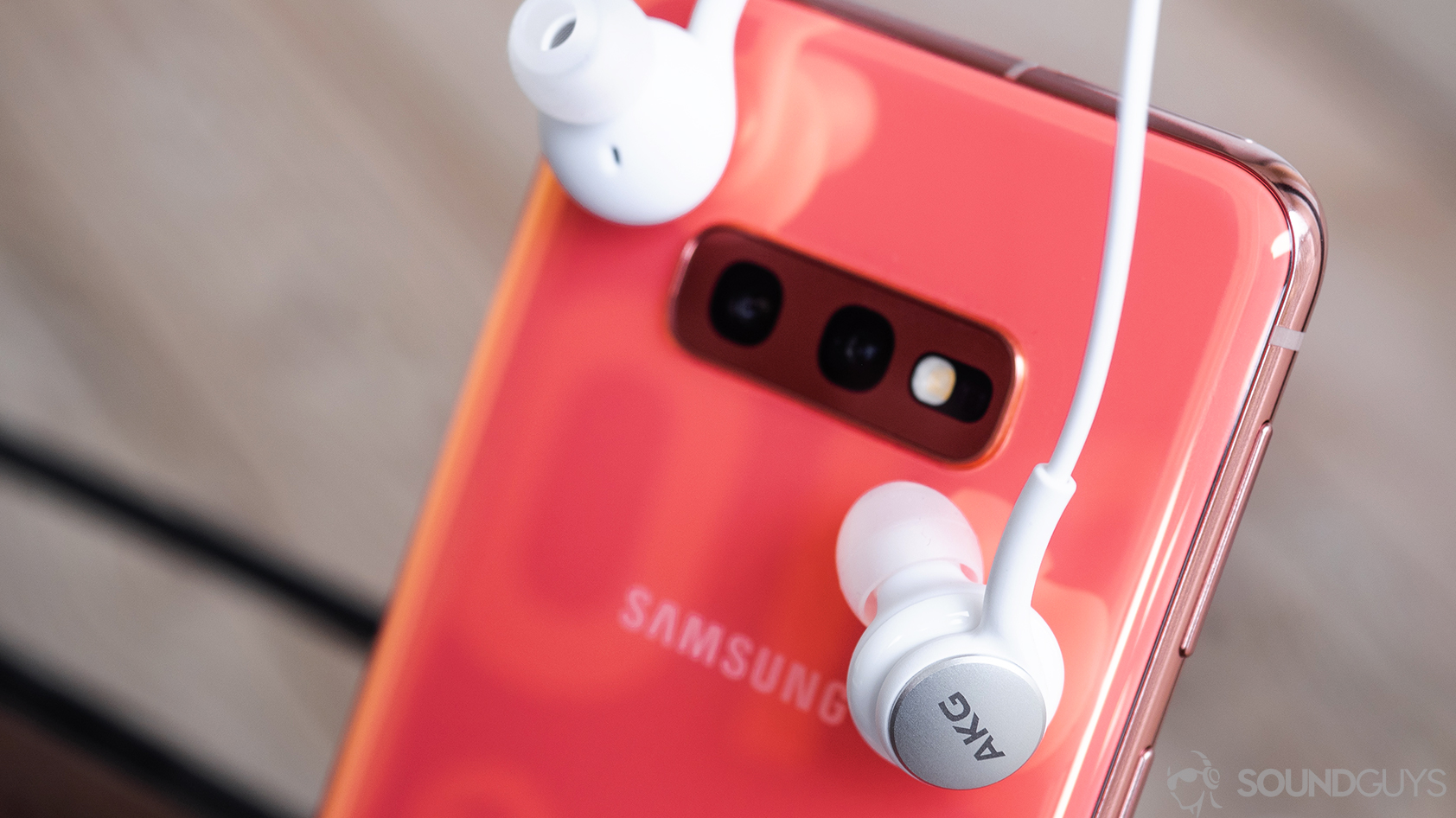
Back in 2017, Samsung bought Harman International, which owns and manufactures products under the AKG, JBL, and now Samsung audio brands. Those Samsung Galaxy Buds? Made with the expertise and manufacturing might of Harman. This is where Samsung is different than, say, OnePlus is that it owns a large audio company like Apple does now. While several phone companies are looking to create another small market for their own branded audio devices, companies like Samsung and Apple can shovel people back toward existing huge brands they own to close the loop.
So when the Note 10 came out without a headphone jack, buyers of that phone suddenly needed to buy Bluetooth headphones, as well as update any speakers they use with their phones if they’re not Bluetooth. One of the most profitable brands in that segment? JBL. In that case, why wouldn’t you jump at an opportunity to simultaneously cut costs and increase demand for your products?
Dongles are an admission that the phones they come with don't work in the way the company knows its consumers need them to.
In order to quell the legions of internet complainers like yours truly, many of these companies have included dongles to meet their users halfway. However, it’s secretly a super-damning admission. If removing the headphone jack was the right move, then why would a dongle need to exist? It’s an admission that the phone it comes with doesn’t work in the way the company knows its consumers need it to. Since this article was published in 2017, dongles have started to disappear, as more Bluetooth headphones are purchased than wired ones.
You can offer as many excuses as you want, but so far the supposed benefits of getting rid of the jack haven’t panned out — and the smart money is on it never happening.
Unintended consequences
Since Apple Music made the change to add lossless listening, Apple users suddenly find themselves in a strange situation: If they’ve bought the AirPods Max, lossless audio streaming is still out of reach for them unless they use a specialized cable and a dongle — and even then there’s no guarantee. I say that because the signal path of the AirPods Max relies on a couple conversions from digital to analog and back again in order to work, and it’s possible (though unlikely) that this may result in some errors. Something that would be easily avoided if there was a headphone jack available.
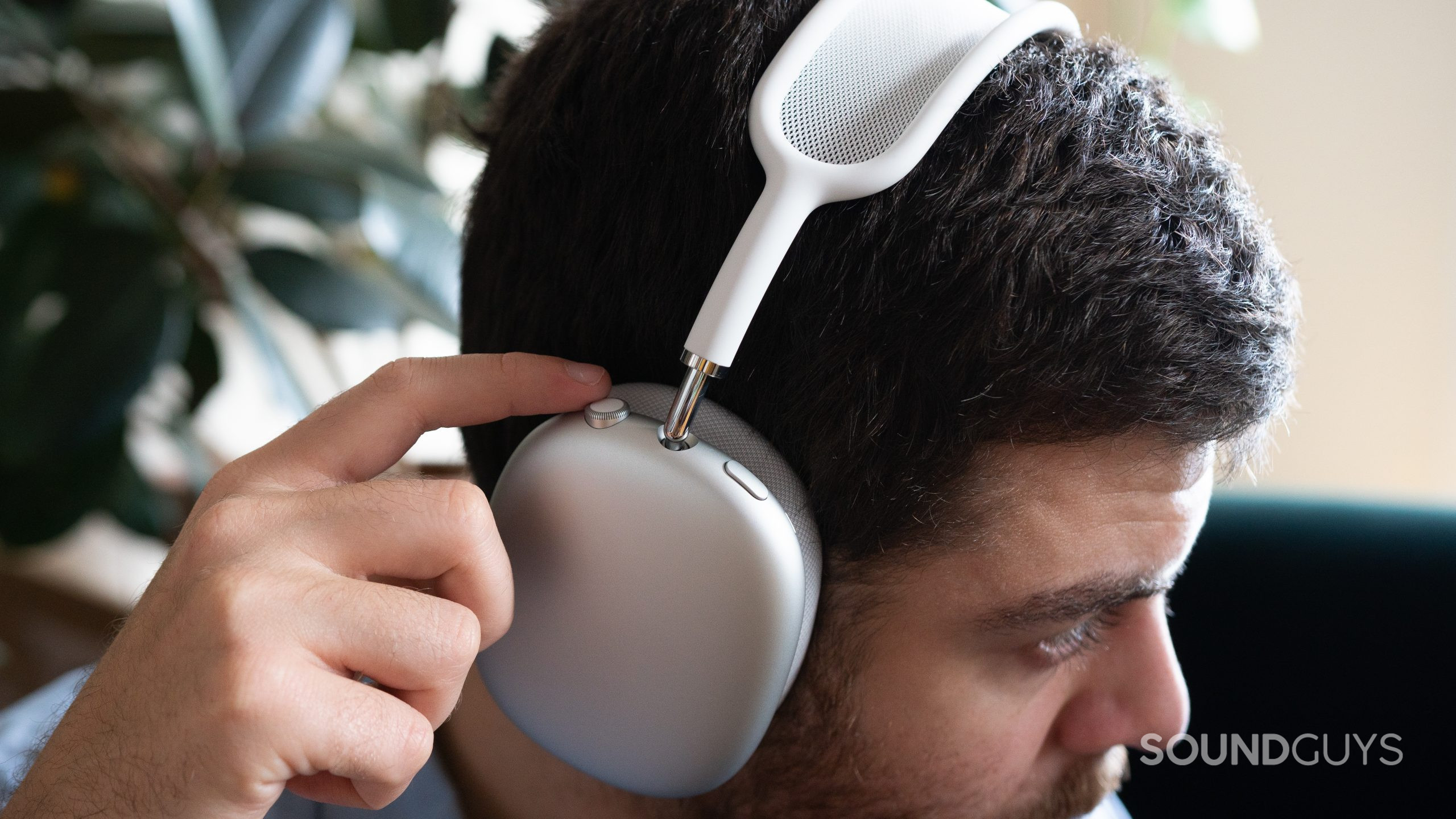
Because Bluetooth isn’t where it needs to be to make the most of lossless audio streaming, there’s little benefit to any Apple ecosystem user to use Apple Music’s lossless feature. Neither the AirPods nor AirPods Pro are capable of getting the most out of this feature of Apple Music; among the Apple audio panoply, only wired Beats products and the AirPods Max with extra accessories can. In order to get the best, cheapest setup to use Apple Music’s lossless streaming, you’re better off with an Android phone and third-party wired headphones. In a major way, Apple’s audio products don’t “just work” when used together. However, it may spur at least some backlash to get Apple moving in the right direction if it wants to hold onto all those new subscribers jumping ship from Tidal and other streaming services.
But the dark days of wireless audio seem to be dwindling, and a mere 7 years after this article’s first publish, we finally have wireless solutions like Snapdragon Sound that are knocking at the door of lossless wireless audio. However, to make the leap, it’s going to require micro-power Wi-Fi, and even at that, we’re looking at least another year before headphones with the S7 or S7 Pro radio is even designed — let alone manufactured. So it looks like we might see wireless audio finally in a place where it can compete with wired in performance. It only came the better part of a decade after phones abandoned wired audio with only wireless as a backup.
So what’s the problem?
Killing the headphone jack was good for manufacturers’ bottom line. For the headphone industry, less so. But we’re getting closer and closer to a day where the advantages of wired aren’t so obvious.
Though removing the headphone jack was profiteering off of people who might not be able to afford the changes companies are foisting on them, the cost for decent earbuds and headphones has plunged in many ways, somewhat mitigating the damage this shift to wireless has caused. Additionally, Apple has since been forced to adopt the USB-C connector by the EU, and this has coincided with a dramatic uptick in headphones that offer USB-C connectivity. Instead of using a headphone jack, these models have their own DAC and amplifier on-board, so these products can connect to a wide array of source devices. In some respects, it’s replacing the headphone connector.

While it’s not exactly a mystery that a company will do whatever nets it more profit in the long run, pulling the headphone jack without a suitable replacement is one of those decisions that’s so cold and consumer-hostile that people should be angry about it. Bluetooth just wasn’t where it needed to be to replace wired headphones completely, and that’s all there is to it.
Even if advancements like Snapdragon Sound or lossless Bluetooth end up proliferating and creating a truly comparable experience with wired headphones, they’re not quite accessible to everyone yet. It took six years for USB-C to catch up, and we’re still waiting for phones to offer lossless audio that’s compatible across platforms, and we may never see it.